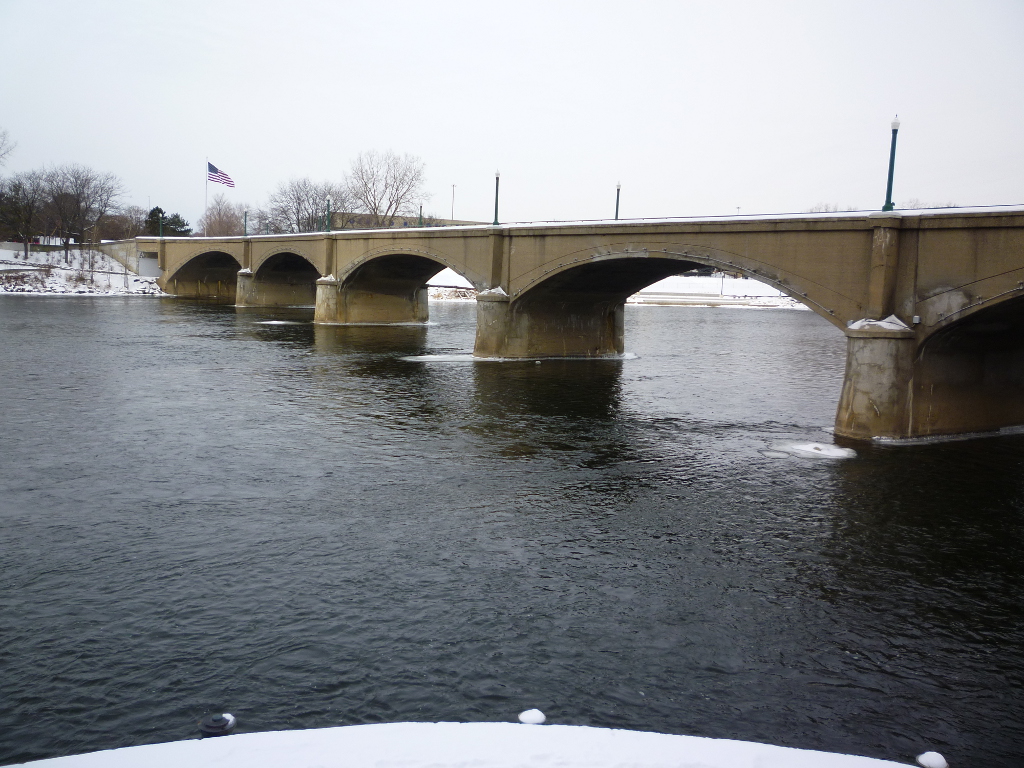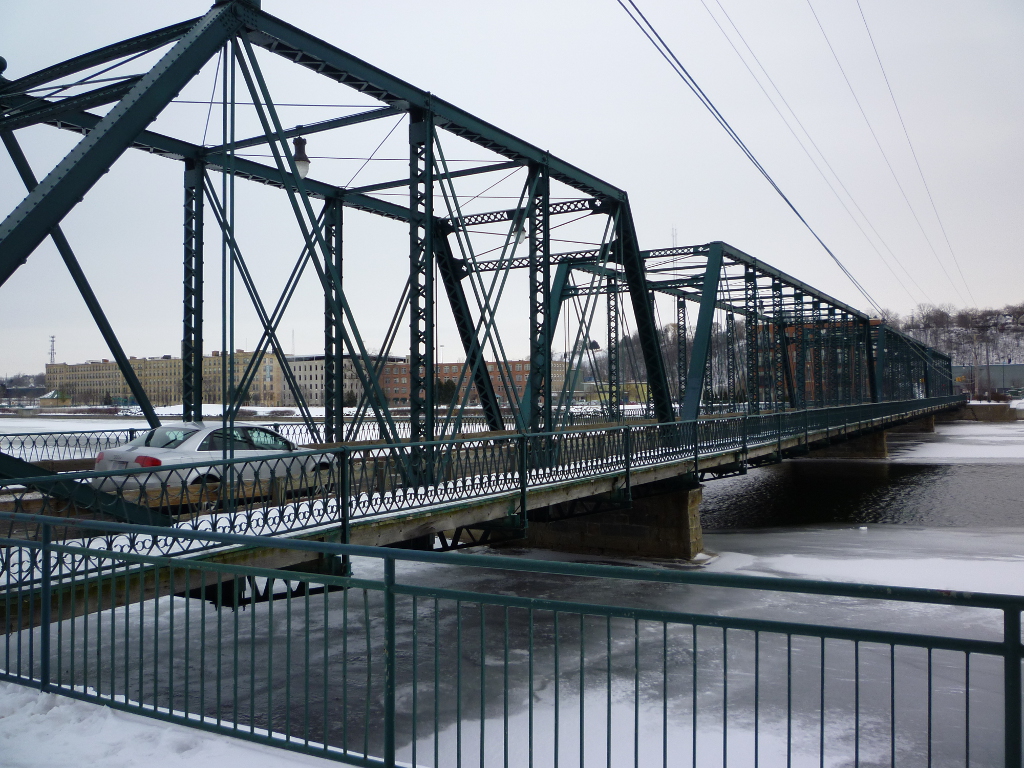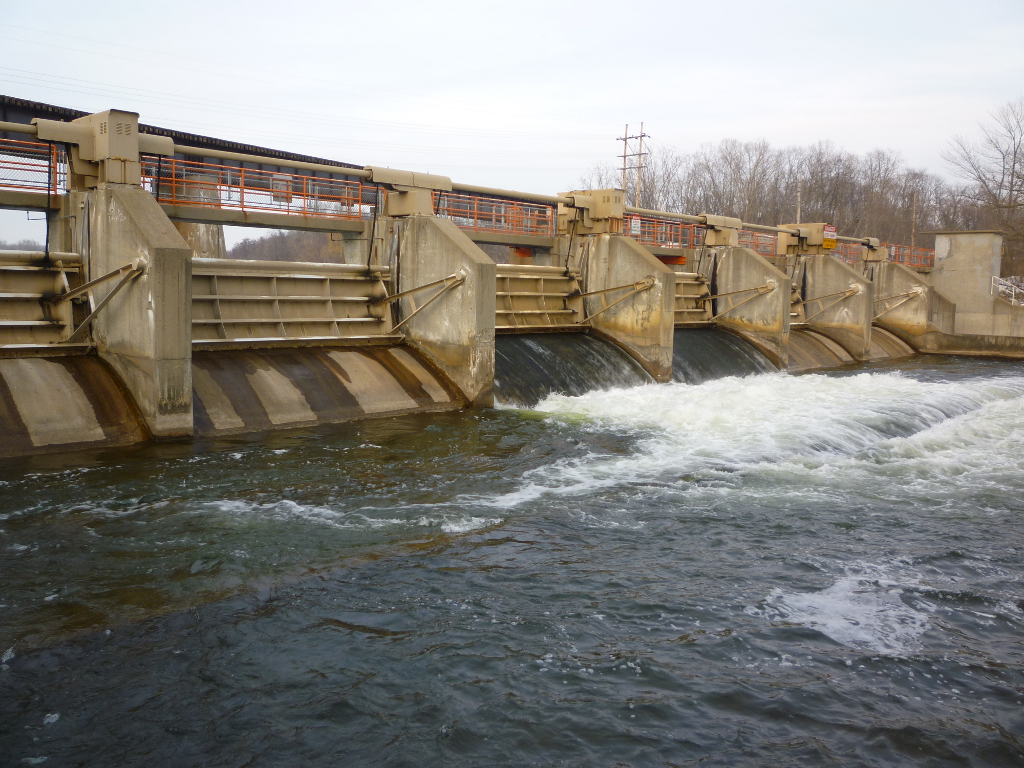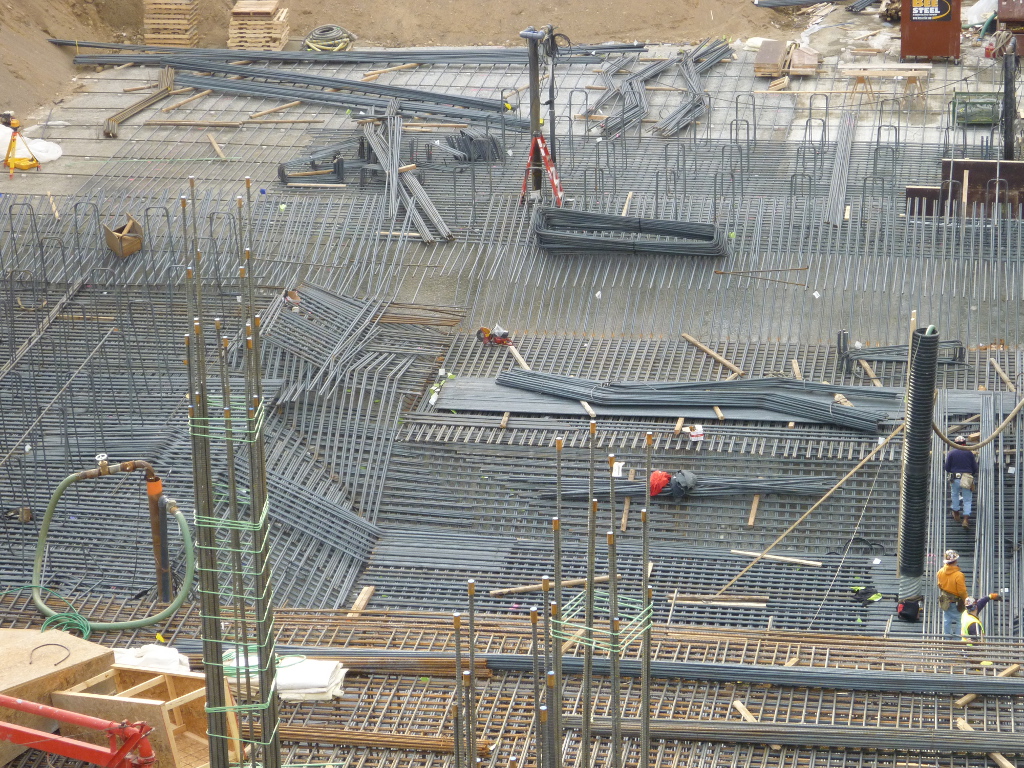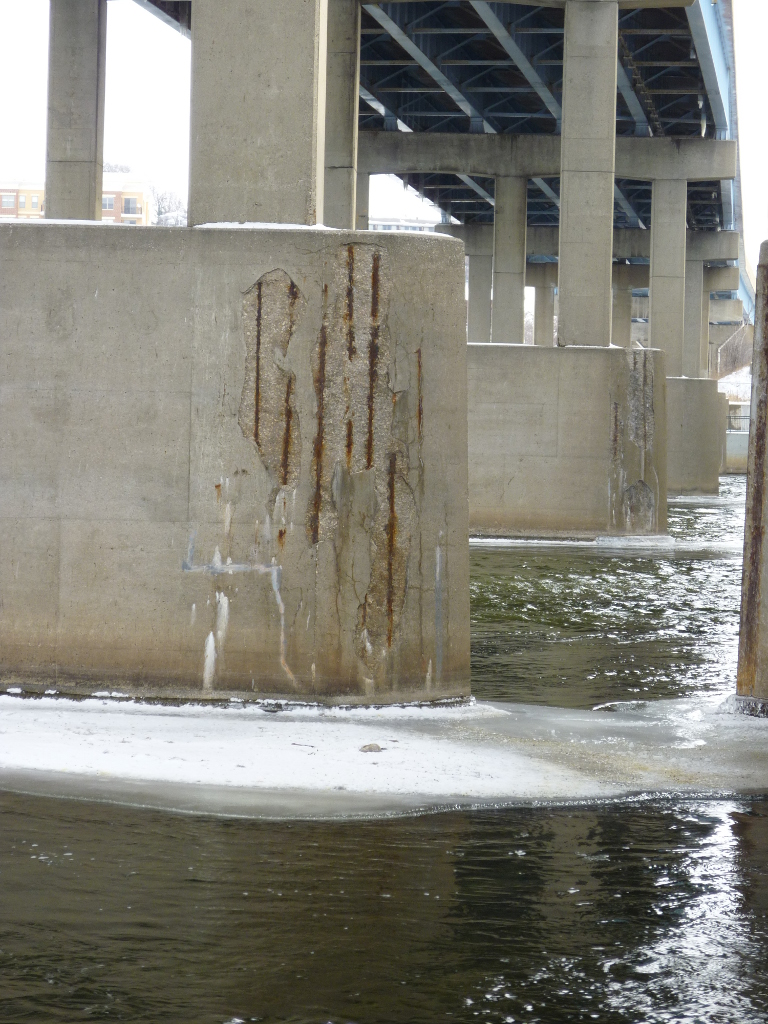
Photo Credit: Nathan Shoemaker
Pictured above is a floor to ceiling crack in a masonry wall. Cracks like this can be seen in many buildings where differential settlement is occurring. Differential settlement is caused by a combination of weak or erodible soil, poor foundation design, and sometimes seismic loading of the sub-grade of the building.

